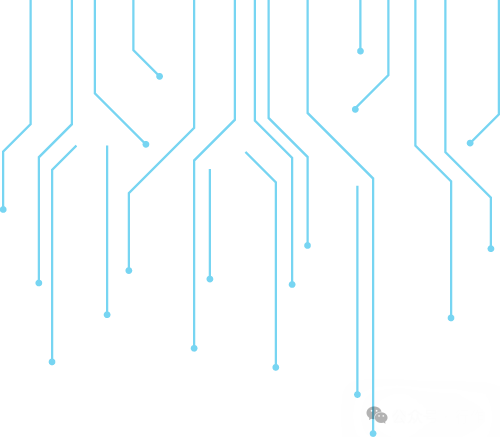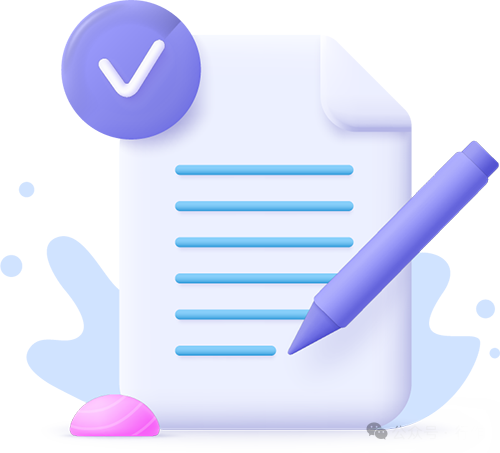
Click the blue text to follow us

Big Data Analysis and Applications (Python)
Learning Guide
Benefiting the World
Innovative and Pragmatic
Introduction
This course aims to help students master skills in big data analysis and applications based on Python. The content covers the basics of Python programming, data processing and cleaning, data analysis methods and tools (such as Pandas, NumPy, Matplotlib, etc.), data visualization, and practical project applications. Through this course, students will be able to proficiently use Python for data processing, analysis, and visualization, and possess the ability to solve real-world problems.
PART.1
Textbooks
The following are personal recommendations; please follow the arrangements of the course instructor.
1. “Python Programming: From Beginner to Practice”
– Author: Eric Matthes
– Description: Suitable for Python beginners, covering basic syntax, data structures, functions, and practical project practices.
2. “Data Analysis with Python”
– Author: Wes McKinney
– Description: Focuses on the use of data analysis tools such as Pandas and NumPy, suitable for advanced learning.
3. “Python Data Visualization Cookbook”
– Author: Jake VanderPlas
– Description: Explains data visualization methods using tools like Matplotlib and Seaborn.
4. Course-related handouts
– The course instructor will prepare handouts (Word, PPT, PDF, etc.) and distribute them to students, providing cases, code, and experimental guidance involved in the course.
PART.2
Instructors
The course is taught by Teacher Zhang and Teacher Ju. Both instructors are humorous, the course intensity is moderate, and the content is clear. The teaching mode is flexible, and guidance is attentive.
Course arrangement: The class will be held in the computer lab.
PART.3
Assessment Methods
1. Regular grades
Includes classroom participation, submission of lab reports, and completion of assignments.
2. Lab reports
Complete the experimental tasks and group projects assigned during the course, focusing on practical application abilities.
3. Final exam
Includes theoretical knowledge assessment and data analysis practical questions.
PART.4
Study and Exam Preparation Suggestions
1. Study Suggestions
– Complete experiments on time: Experiments are key to mastering skills; it is recommended to complete them promptly and consolidate learned knowledge.
– Practice hands-on: Use Jupyter Notebook for coding practice and accumulate project experience.
– Participate in discussions: Actively engage in classroom discussions and online study groups to exchange learning insights with classmates.
2. Exam Preparation Suggestions
– Regular review: Organize course content weekly, focusing on reviewing the use of core libraries such as Pandas and NumPy.
– Practice problems: Use platforms like LeetCode and Niuke.com to practice Python programming and data analysis questions.
– Simulate real scenarios: Combine course cases to simulate real data analysis scenarios and enhance comprehensive abilities.
Appendix:
1. Reference Materials
Python Official Documentation:
https://docs.python.org
Pandas Official Documentation:
https://pandas.pydata.org
Jupyter Notebook User Guide:
https://jupyter.org
2. For any other questions, please email [email protected]. Welcome to communicate!
I hope this learning guide helps you better master the course content. Wish you success in your studies!
Author:Shi Shengfan, a member of the Communist Party, undergraduate student of the 2021 class.

WeChat ID | Xingzuo
Accompanying you in learning
